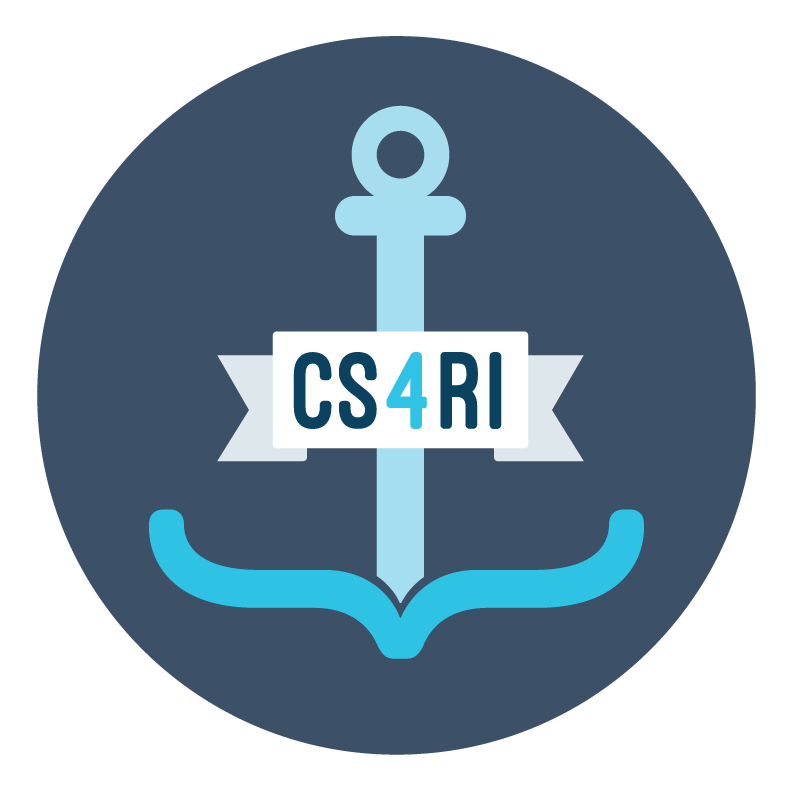Work-Based Learning for Computer Science (WBL)
This one-semester academic course teaches the students about the software development process used in industry including units on CS Workplace; Ideation (coming up with software product ideas and validating them); Design (user experience and user interface design); Implementation (coding and version control); and Testing (software metrics, analytics, A/B testing). The course makes extensive use of videos provided by Google on the software development process. Students work in teams with an Industry Mentor to follow the process, working with tools such as GitHub, to create a web site for a community organization, for an existing business, or as a start-up company.
Work-Based Learning (WBL) Curriculum
Each link in the table below is a weekly lesson plan that includes:
Lesson overview, learning objectives (assumes 2 meetings per week for 18 weeks)
Lesson material (including videos and readings)
Student activity guide and teacher resources (including lesson slides, grading rubrics, answer keys, and more!)
Course is designed for students to be eligible to earn Work Based Learning hours.
Curriculum Revision: Note that the lessons below are currently under revision and expect to be finalized in Spring 2024 - be sure to check back for the most updated version!
Unit 0: CS Workplace
Lesson 1:
Employability Skills
Lesson 2:
Careers in Computer Science
Lesson 3:
CS Workplace Tools
Lesson 4:
Getting a Job in CS
Unit 2: Design
Lesson 8:
User Experience
Lesson 9:
User Interface
Lesson 10:
Stages of Design
Lesson 11:
Your Design
Unit 3: Implementation
Lesson 12:
Creating a Prototype
Lesson 13:
Coding & Version Control
Lesson 14:
Agile Software Development
Unit 5: Presentation
Lesson 18:
Presentation

